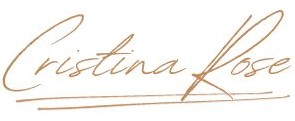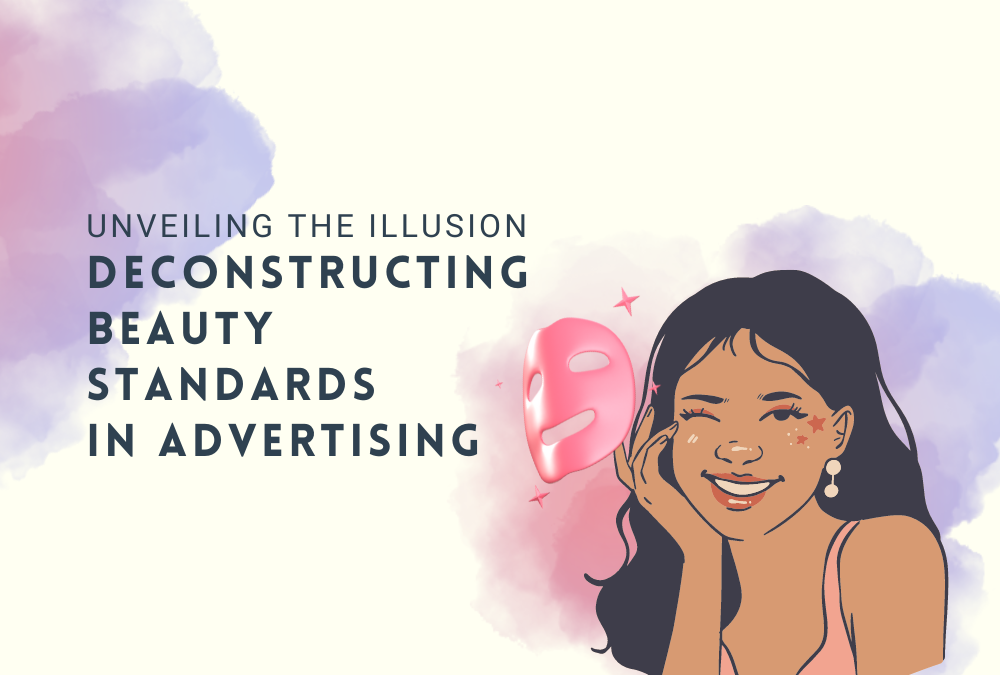Step into the world of advertising, where glossy images and flawless faces reign supreme. But beneath the surface lies a deeper narrative—one that shapes our perception of beauty and self-worth. Join me as we unravel the intricacies of beauty standards and expose the facade of perfection crafted by media campaigns.
In today’s digital age, we are bombarded with images of airbrushed models and unattainable beauty ideals. From billboards to social media feeds, the message is clear: to be considered beautiful, one must conform to a narrow set of standards dictated by the media.
But what exactly are these standards, and how do they impact our sense of self? Beauty, it seems, has been commodified and packaged into a marketable product, sold to us under the guise of confidence and allure. However, beneath the surface lies a darker truth—one of manipulation and unrealistic expectations.
Take, for example, the ubiquitous presence of Photoshop in advertising. Images are retouched and manipulated to erase imperfections, leaving behind an unattainable standard of beauty that even the models themselves cannot live up to. This perpetuates a cycle of comparison and self-doubt, as individuals strive to measure up to an ideal that is simply unattainable.
Moreover, the lack of diversity in beauty standards further perpetuates harmful stereotypes and reinforces the notion that beauty is synonymous with a particular skin tone, body type, or facial feature. This not only marginalizes those who do not fit into this mold but also perpetuates a culture of exclusion and discrimination.
But amidst the sea of retouched images and unattainable ideals, there is hope. As consumers, we have the power to challenge these norms and demand more inclusive representations of beauty. By supporting brands that celebrate diversity and authenticity, we can send a powerful message to the advertising industry that beauty comes in all shapes, sizes, and shades.
In conclusion, the portrayal of idealized beauty in media campaigns is not only unrealistic but also harmful to our collective sense of self-worth. By deconstructing these standards and challenging the status quo, we can pave the way for a more inclusive and empowering definition of beauty—one that celebrates diversity and authenticity.
If you found this discussion on beauty standards thought-provoking, be sure to tune in to our podcast where we will delve even deeper into this topic and explore strategies for reclaiming our sense of beauty on our own terms.
Don’t forget to subscribe and join the conversation. Together, let’s redefine beauty for a brighter, more inclusive future.
Learning to read is really important for all kids. But what if your little one has a hard time reading? It could be because they learn best by seeing things visually. Meet our visionary graphic recorder, Ashton Rodenhiser. With a passion for empowering moms, kids, and women, she transforms learning and communication through her giant charts and ‘visual note-taking’ expertise.
Join Ashton at Sketchnote School and unlock the power of creativity in learning!
Connect with Ashton:
Website Link: www.sketchnote.school
Beginner’s Guide to Sketchnoting – https://sketchnote.school/book/
Pinterest – www.pinterest.com/SketchnoteSchool
TikTok – https://www.tiktok.com/@mindseyecreative
LinkedIn- https://www.linkedin.com/in/ashtonrodenhiser/
Twitter – https://twitter.com/MindsEyeCCF
Instagram – https://www.instagram.com/ashtonmindseye/
Facebook – https://www.facebook.com/MindsEyeCreativeCF
YouTube – https://www.youtube.com/@sketchnoteschool

